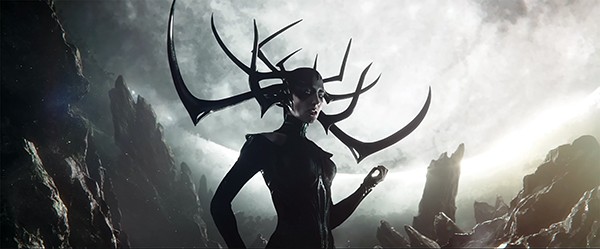Since superheroes first ventured onto screens, one name rises above all others. He was the single most influential figure in the development of the tone and character of the genre, and his name was not Thor — it was Adam West.
From 1966 to 1968, West played Batman on ABC. He was a hero to millions of children all over the world, and he was still remembered fondly and respected throughout Hollywood at the time of his death last summer at age 88. The real genius in West’s portrayal of the Caped Crusader was that he realized exactly how ridiculous the premise of Batman was. A millionaire dresses up as a bat to fight crime because his parents were killed? Not only that, but there are a bunch of other people whose life experiences have led them to obsessively play themed dress-up and try to take over the world, from whom this Batman must protect us? It’s ludicrous.
West managed to look like he was taking the whole thing seriously on the surface, and yet still wink at the audience. Okay, yeah. A bubble with the word “POW!” appears every time I punch this guy wearing a “HENCHMAN” shirt. Just go with it and have fun. West was magnetic on screen and was zealous about making sure the Batman he portrayed was a good guy, even if that sometimes meant making fun of how square that made him.
The 1960s Batman series was a product of its time. The comic book industry had been creatively neutered after the Seduction of the Innocent Congressional hearings decided violent comics were the cause of juvenile crime and the Comics Code Authority was established. West’s Batman, as wildly popular as it was, cemented the image of the comic book superhero as a joke for kids. It wasn’t until Frank Miller and Alan Moore’s work in the 1980s that costumed vigilantes began to be scary again. Tim Burton’s 1989 Batman cast Michael Keaton as a brooding PTSD case in an attempt to get as far as possible from West’s vision of the World’s Greatest Detective. But that’s exactly what makes an artist influential — all subsequent people working in the same field or genre have to respond to him or her. In the influence game, total negation is just as powerful as embrace and emulation.
Over the years, Batman got grittier and grittier. His darkness infected even Superman, replacing Christopher Reeve’s charismatic blue Boy Scout with Henry Cavill’s charisma-free brood-a-thon. On the Marvel side, the X-Men traded their yellow spandex for Burton-esque black leather. The grimdark trend crested with Christopher Nolan’s insanely paranoid The Dark Knight Rises. In 2014, the worm finally turned with Guardians of the Galaxy, which made the argument that saving the universe in tights should be fun again.

Cate Blanchett plays Hela, Thor’s estranged older sister in Taika Waititi’s heroically funny Thor: Ragnarok.
Which brings us to Thor: Ragnarok. Despite the hunky presence of Chris Hemsworth, the Thor films have easily been the weakest link in the Marvel Cinematic Universe. But last year’s Ghostbusters reboot proved that Hemsworth has comedic chops to spare, so Marvel mastermind Kevin Feige hired Taika Waititi, a New Zealander whose What We Do in the Shadows and Hunt for the Wilderpeople are two of the decade’s sharpest comedies, to take the franchise in a new direction.
In Thor: Ragnarok, Waititi lets Hemsworth go full Adam West. That’s not to say Hemsworth has adopted West’s glorious deadpan, but he has perfected the art of convincing the audience that we’re all in on the same joke. No longer a glowering tower of muscle, Thor now cracks wise and flashes lopsided smiles at the slightest provocation. When he and Loki (Tom Hiddleston) do schtick together, you believe they’re brothers.
Thor’s main job is to protect his home Asgard from Hela (Cate Blanchett), his estranged older sister who helped their father Odin (Anthony Hopkins) conquer the realm with violence before being banished as a threat to peace, but a pleasing subplot takes him to Sakkar, a garbage dump ruled by the Grandmaster (Jeff Goldblum, in fine form) where he is forced into battle against his fellow Avenger the Hulk (Mark Ruffalo).
As usual for these $100-million Marvel monstrosities, Thor: Ragnarok is busy and overstuffed, both visually and with characters. But it’s at its best when it’s being irreverent and meta — Waititi’s speciality. He recognized that the best thing that could happen to Thor is for the pendulum to swing back toward West.



